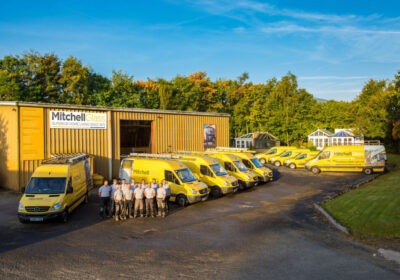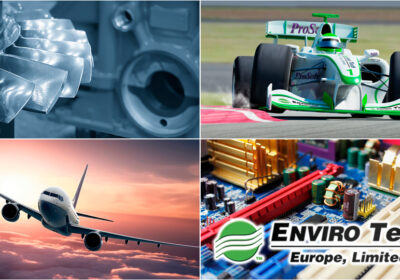Sustainability is the ability to develop and implement technologies that are self-sustaining, without damaging the environment or jeopardising the potential for future generation to meet their energy needs. In manufacturing, the adoption of robotics helps improve sustainability and energy consumption, thereby enhancing companies’ reputation while improving their competitiveness. Here Neil Ballinger, head of EMEA at automation parts supplier EU Automation, explains how robotics not only improves sustainability but also benefits business’ bottom line.
Kandeh Yumkella, the Director General of the United Nations Industrial Development Organisation (UNIDO), pointed out that industrial energy efficiency is a key issue that needs to be addressed to ensure continued growth, employment and mitigation of climate change. To pursue a sustainable future, manufacturers need to find options to increase energy efficiency. Industrial robotics is an ideal solution to help improve sustainability and minimise the environmental impact of manufacturing activities while maintaining high productivity and efficiency.
Compared to a completely human-operated assembly line, the adoption of robotics in manufacturing is more sustainable and energy-saving. For example, robots don’t need to work in bright lighting; unlike human workforce, they also don’t require heating on the factory floor during the winter months, achieving considerable energy savings. Besides, robots can work non-stop, and their high speed helps increase the production rate, thereby reducing standby time and avoid unnecessary waste of energy.
Additionally, as robots are programmed to work precisely, scrap or excess material during production processes can be reduced, thereby minimising not only energy but also material waste. For instance, in a car assembly line, a robot can accurately calculate how much paint is needed for a certain vehicle and then repeat the same process, reducing the material used and the amount of defective or unsuitable end products. This directly benefits both the consumer and the environment, because the number of items which end up in landfills or are returned after purchase will be decreased dramatically.
For products like vehicles, in which spare parts are needed for years after the manufacturing of the car is completed, robotics can considerably reduce costs in the long run. Many manufacturers are now transferring the production of such parts from mass production lines, which previously needed to be maintained only to be used infrequently for the large-scale manufacturing of a specific part, to a small number of robotics designed and programmed to manufacture parts only when needed. In this way, robotics helps eliminate the need for mass production, saving space, energy and material usage.
Benefits and tax relief
Using robotics in manufacturing not only helps save energy, but also provides tangible economic benefits for businesses. Improved levels of energy efficiency reduce operating costs and lower energy bills, and these savings shorten the payback period for new equipment and lead to quicker ROI.
It is worth noting that businesses that operate sustainably can take advantage of environmental tax reliefs. If organisations buy energy efficient, or low or zero-carbon technology for their business, they can claim capital allowances, which reduces the amount of tax they need to pay.
Besides this, the Department for Business, Energy and Industrial Strategy of the UK government has launched the Enhanced Capital Allowances (ECA) scheme to encourage businesses to invest in energy saving equipment specified in the Energy Technology List (ETL). The ETL is a government approved list of approximately 14,000 energy efficient products, helping organisations select higher performance energy efficient equipment for their operations. The ETL can be paired with accelerated tax relief, such as the Annual Investment Allowance (AIA), enabling companies to claim allowances on items they keep using in their business. Simply put, if your business uses energy efficient products listed in the ETL, you will be able to claim AIA on them. Consequently, by deploying robotics and other energy saving equipment, you can receive allowance and tax reliefs from the government, which may provide additional benefits for your business.
As a major driver toward sustainability, robotics helps reduce energy consumption and waste in manufacturing processes while boosting productivity and efficiency. For more information about robotics and other automation technologies, please visit www.euautomation.com.







